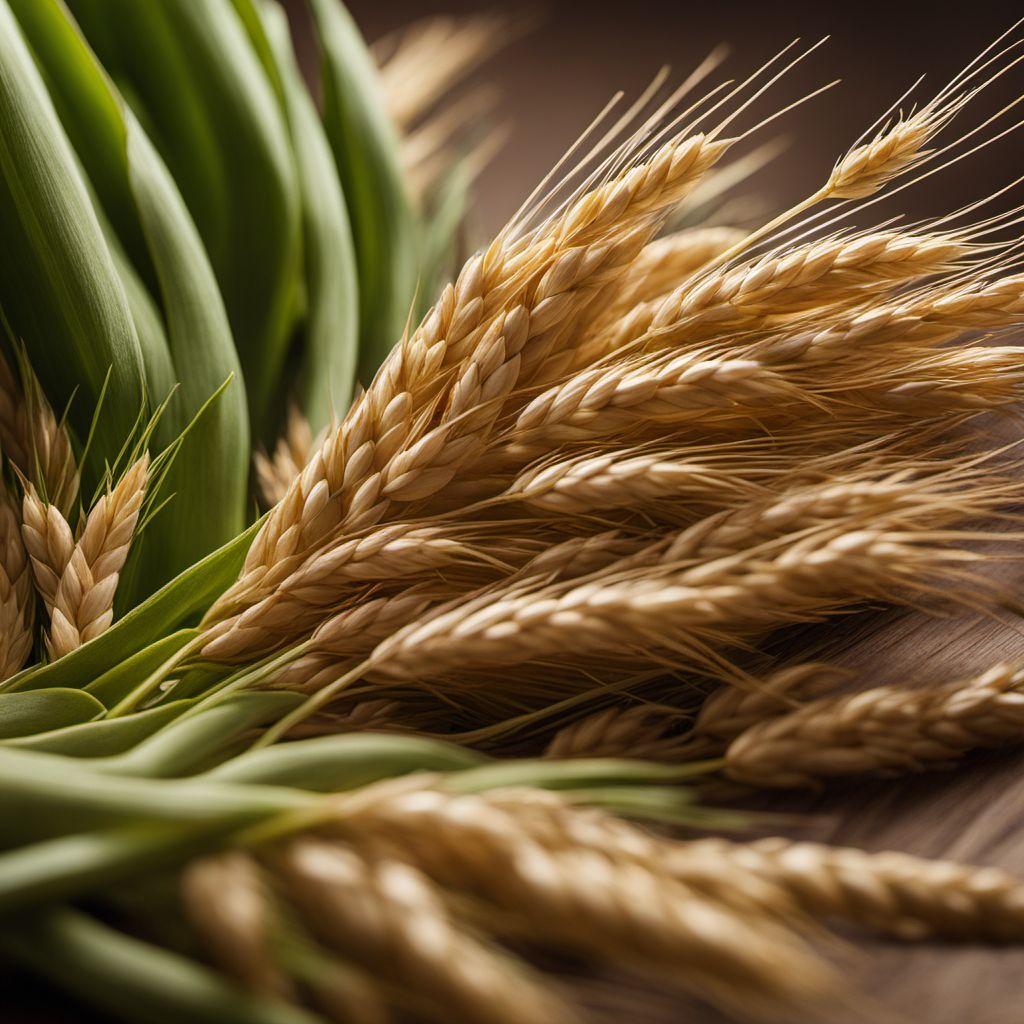
Ingredient
Triticale grain
The Versatile Hybrid: Triticale Grain
Triticale grain is a hybrid grain that was developed by crossing wheat and rye. It has a nutty flavor and a chewy texture, similar to wheat berries. Triticale grain is rich in dietary fiber, protein, and essential minerals like iron and magnesium. Its versatility allows it to be used in both sweet and savory dishes, from salads and pilafs to breads and desserts.
Origins and history
Triticale grain was first developed in the late 19th century as a way to combine the desirable traits of wheat and rye. It was initially cultivated as a forage crop for livestock but gained popularity as a human food source due to its nutritional value and versatility. Today, triticale grain is grown in various regions around the world, including North America, Europe, and Australia.
Nutritional information
Triticale grain is a good source of dietary fiber, protein, iron, and magnesium. It is also low in fat and cholesterol, making it a healthy addition to a balanced diet.
Allergens
Triticale grain does not contain any known allergens.
How to select
When selecting triticale grain, look for grains that are plump, firm, and free from moisture or signs of insect damage. Avoid grains that appear discolored or have a musty odor. Opt for organic or locally sourced triticale grain whenever possible to support sustainable farming practices.
Storage recommendations
To maintain the freshness and quality of triticale grain, store it in an airtight container in a cool, dry place. It can be kept at room temperature for up to 6 months or refrigerated for longer shelf life. Avoid exposure to moisture or direct sunlight.
How to produce
Triticale grain can be grown by amateur gardeners in regions with cool climates. It requires well-drained soil and regular watering. Sow the seeds in early spring or late summer and harvest when the grains are fully matured and dry.
Preparation tips
Triticale grain can be cooked and used as a substitute for rice or quinoa in various dishes. It can be boiled, steamed, or toasted to enhance its nutty flavor. Triticale grain can also be ground into flour and used in baking recipes, such as breads, muffins, and cookies.
Culinary uses
Triticale grain is commonly used in salads, pilafs, soups, stews, and baked goods. It adds a nutty and chewy texture to dishes and pairs well with vegetables, meats, and spices. In baking, triticale flour can be used to make breads, pastries, and other baked goods.
Availability
Triticale grain is commonly available in North America, Europe, and Australia. It can be found in specialty health food stores, organic markets, and online retailers.
More ingredients from this category

Tritordeum
The Golden Grain: Unveiling the Wonders of Tritordeum
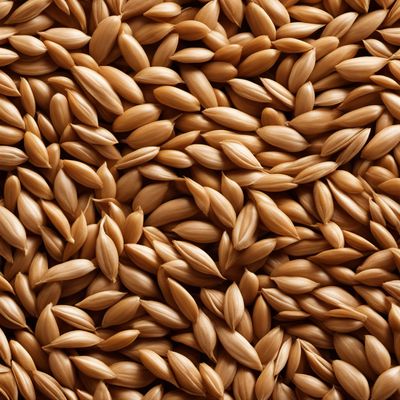
Emmer wheat grain
The Ancient Grain: Emmer Wheat
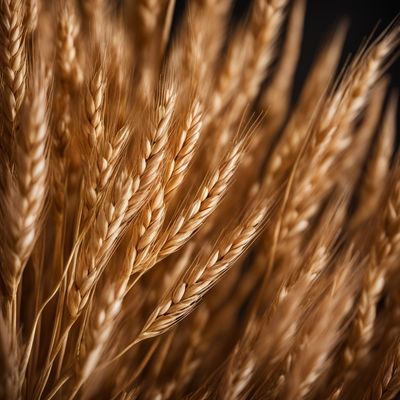
Durum wheat grain
The Golden Kernel
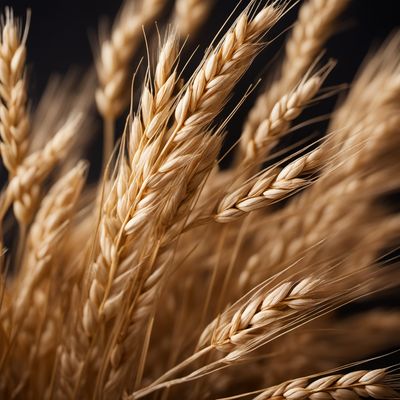
Khorasan wheat grain
The Ancient Nutrient

Other species of genus Triticum, not elsewhere mentioned
Ancient Grains: Exploring the Lesser-Known Triticum Varieties

Spelt grain
The Ancient Nutritious Grain
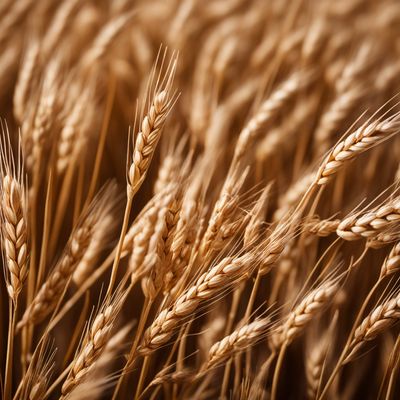
Einkorn wheat grain
Ancient Grains Rediscovered: Einkorn Wheat

Common wheat grain
The Versatile Staple: Common Wheat Grain